电子商务航运整合与第三方物流:有什么区别?
电子商务品牌经常面临一个重要的决定:它们是否应该依靠 电子商务发货集成 还是将业务移交给第三方物流 (3PL) 提供商?在 邮政包裹很多商家都会提出这样的问题,因为这两种选择看起来都很吸引人,但满足的需求却截然不同。
电子商务发货集成和第三方物流的目标都是使履行更快、更可靠。然而,它们在成本、可扩展性以及您对日常运营的控制程度方面存在差异。在选择一种途径之前,了解它们的区别至关重要,因为您的选择会直接影响客户满意度和长期发展。

了解电子商务航运整合
什么是电子商务发货集成?
电子商务发货集成 是通过插件、应用程序接口或软件平台将您的网店与承运商连接起来。它能自动执行卖家经常要处理的任务,如打印发货标签、向客户更新跟踪信息以及在结账时显示实时运费。
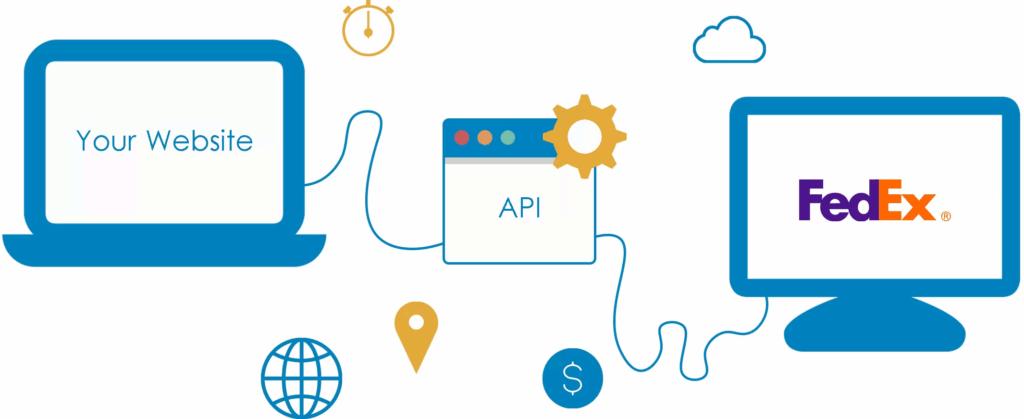
将其视为店面与物流合作伙伴之间的数字桥梁。如果没有这座桥梁,员工就会手动将订单详细信息复制到承运商系统中,从而增加出错的几率。通过集成,订单会自动从您的商店流向承运商。
电子商务发货集成的主要功能
- 实时运费率:客户可立即看到准确的运费,减少因意外费用而放弃购物车的情况。
- 自动标签创建:为每份订单生成标签,最大限度地减少人为错误。
- 跟踪通知:客户可及时获得更新,无需额外的人工操作。
- 多运营商选项:卖家可以与 多承运商选择最快或最实惠的送货服务。
- 中央控制面板:可在一个界面中管理订单、发货和退货。
为中小型商店带来的益处
对于直接从自己的库房发货的小品牌来说,电子商务发货集成通常是最有效的选择。这使他们无需雇佣额外的员工就能扩大运营规模。此外,整合还能让客户了解发货更新情况,从而建立信任,增强专业性。
了解第三方物流 (3PL)
什么是第三方物流?
第三方日志i静态 是指将履行工作外包给外部公司。第三方物流公司负责管理库存存储、订单分拣、包装、运输,有时还负责退货。使用 3PL 的零售商通常会将大宗存货运送到供应商的仓库。在那里,3PL 团队会对每份订单进行处理。
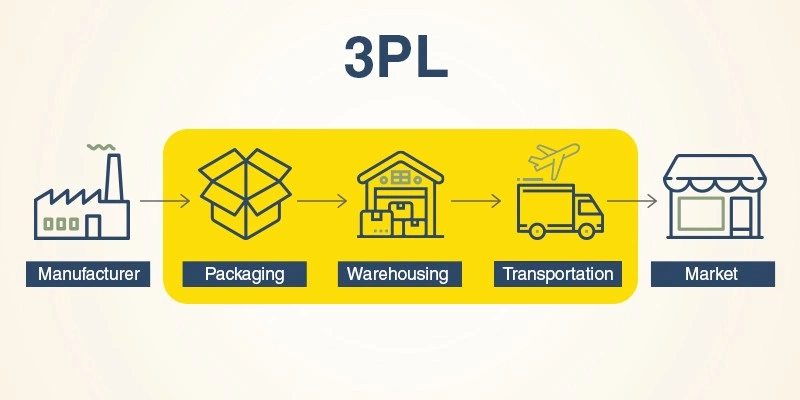
第三方物流提供商的核心职能
- 仓储:确保库存安全有序。
- 订单执行:根据客户订单拣选和包装物品。
- 运营商管理:与多家运输公司合作,以获得更优惠的价格。
- 退货处理:管理产品退货和退款。
- 可扩展性:根据季节性高峰或国际需求扩大业务。
对大型卖家的好处
3PL 通常适合那些已经发展到无法内部管理物流的企业。通过将运营交给专家,零售商可以专注于销售、产品开发和市场营销。对于跨国扩张的企业来说,第三方物流公司的全球仓储网络可以大大缩短交货时间。
电子商务航运整合与第三方物流
业务控制
- 电子商务发货集成:商家可以完全控制产品的存储、包装和运输方式。他们可以定制包装,并与客户保持密切联系。
- 3PL:由于执行工作是外包的,因此会失去一些控制。虽然专业,但这一过程可能无法反映品牌的具体偏好,如独特的包装设计。
成本结构

- 电子商务发货集成:一般来说,中小型企业的成本较低。成本通常仅限于软件费和运营商的运费。
- 3PL:包括仓储费、人工费、包装费和附加服务费。订单量较少时,成本可能较高,但订单量较大时,3PL 的定价会更有效。
速度与效率
- 电子商务发货集成:有内部员工和存储空间时效果最佳。自动化可减少人工操作,但交付速度取决于您选择的承运商。
- 3PL:由于第三方物流公司拥有多个靠近客户的仓库,因此在许多情况下交货速度更快。这缩短了运输时间,并支持次日送货选择。
可扩展性
- 电子商务发货集成:受限于自己仓库和员工的能力。发展需要更多的人员和空间。
- 3PL:专为可扩展性而设计。供应商可在季节性激增、闪购或全球扩张时快速增加资源。
客户体验
- 电子商务发货集成:为客户提供 实时可见性 但服务质量取决于您的内部流程。
- 3PL:提供专业的物流服务,但在包装或沟通方面可能较难保持高度个性化。
优点和缺点
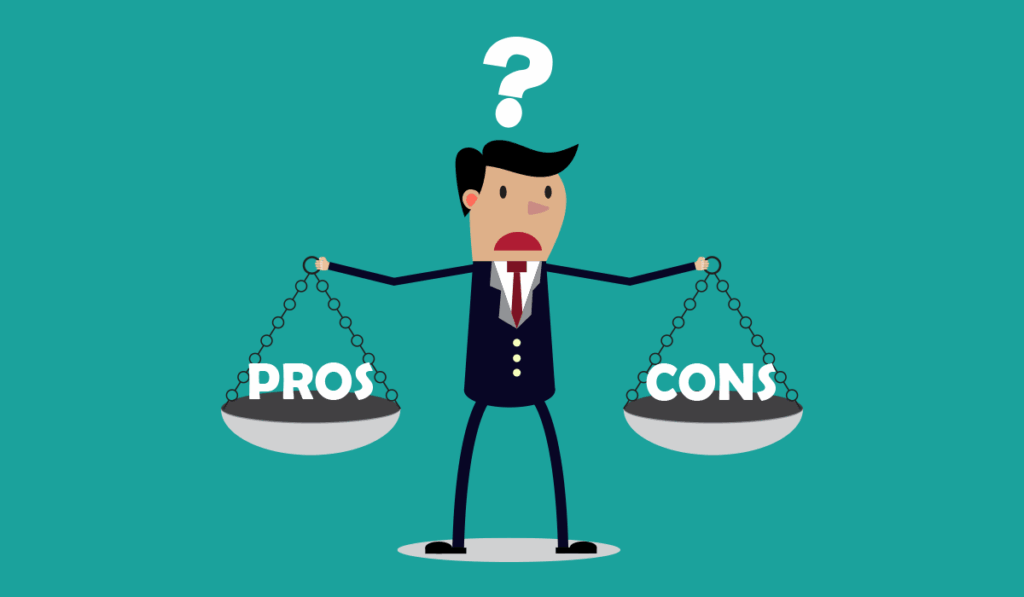
电子商务发货集成优势
- 降低小型商店的运营成本,使其在稳步增长的同时更容易保持盈利能力。
- 更好地控制品牌展示,包括包装风格、客户沟通和整体购物流程。
- 易于使用现代电子商务平台,只需极少的设置时间和专业技术知识。
- 实时自动化实现准确性和便利性,确保减少错误并加快发货确认。
电子商务发货集成的缺点
- 需要自己的仓库和工作人员
- 增长可能受到空间和资源的限制
- 错误责任由零售商承担
第三方物流专家
- 从仓储到运输的全套服务
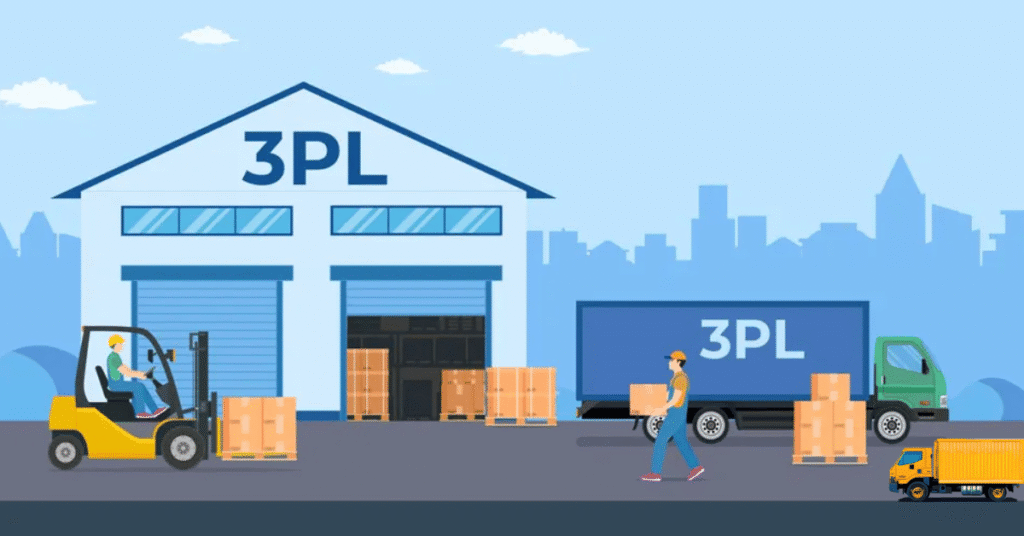
- 可根据增长或季节性需求轻松扩展
- 利用物流专业知识进行专业处理
- 腾出时间 零售商 专注于销售
第三方物流的缺点
- 规模较小的运营成本较高
- 包装和品牌的灵活性较低
- 可能与品牌形象不符
您应该选择哪一种?
选择 电子商务发货集成 这取决于您的业务所处的阶段。
如果是,请选择 "电子商务发货集成":
- 您的店铺属于中小型,业务量可控。
- 您希望控制包装和品牌的方方面面。
- 预算效率比外包物流更重要。
选择第三方物流,如果
- 您的业务规模迅速扩大,每天要处理数百份订单。
- 您希望迅速与国际客户取得联系。
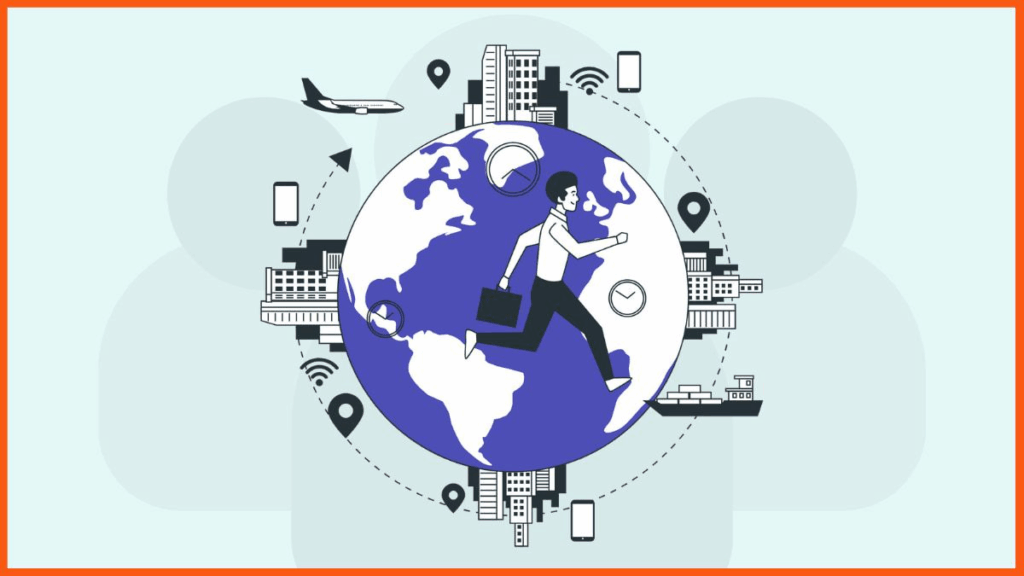
- 您更愿意将资源用于销售,而将后勤工作留给专家。
在许多情况下,企业使用混合方法。他们依靠电子商务航运集成进行国内交付,并使用第三方物流服务进行全球扩张。这种组合既能提供控制,又能提供可扩展性。
结论
电子商务发货集成 第三方物流侧重于自动化和成本节约,而第三方物流则提供可扩展性和专业物流管理。两种选择都不是万能的,正确的选择取决于您的目标、资源和发展计划。
通过仔细权衡成本、控制、速度和可扩展性,企业可以找到适合其运输战略的正确途径。对于正在寻找一个可靠的合作伙伴来统一这两种方法的卖家来说、 邮政包裹 提供灵活的解决方案,将集成和物流支持结合在一起,确保各种规模的电子商务企业顺利运营。
行业洞察
收件箱消息
Nulla turp dis cursus.整体释放,预留空间







